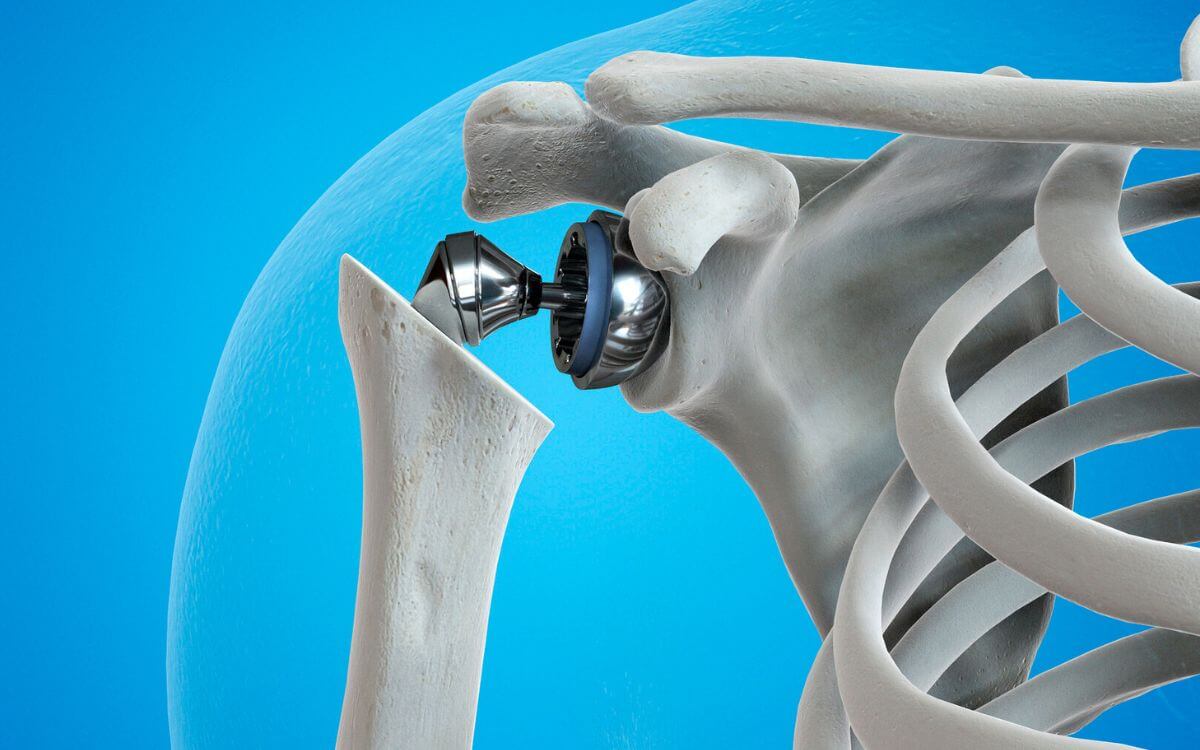Shoulder Treatments
Home >> Shoulder Treatments
Shoulder Joint Replacement
Shoulder Ligament Surgery
Shoulder Instability/ Dislocation

Shoulder Joint Replacement
The shoulder joint is a complex and important joint that allows for a wide range of motion, allowing us to perform daily tasks and participate in sports and recreational activities.
However, persistent discomfort, restricted mobility, and a materially reduced quality of life may follow when the shoulder joint is harmed or impacted by ailments like arthritis or serious accidents. In these situations, shoulder joint replacement surgery stands out as a game-changing treatment, providing pain relief, increased range of motion, and the chance to recover an active lifestyle.
Understanding Shoulder Joint Replacement:
Surgically replacing the sick or injured shoulder joint pieces with artificial ones is known as shoulder arthroplasty, or replacement of the shoulder joint. For patients who have tried all non-surgical therapy alternatives, surgery aims to relieve pain, restore function, and improve general quality of life. To treat problems including osteoarthritis, rheumatoid arthritis, rotator cuff tears, and severe fractures, shoulder joint replacement surgery is often used.
Shoulder joint replacement advantages:
1. Pain relief: The considerable decrease in chronic shoulder discomfort is one of the main advantages of shoulder joint replacement. The operation successfully reduces pain, enabling patients to carry out everyday duties and participate in physical activities with more comfort. Damaged joint surfaces are replaced with prosthetic components.
2. Range of motion restoration: Shoulder joint replacement enhances joint stability and mobility, resulting in a range of motion restoration. Reaching upwards, performing lifting manoeuvres, and engaging in activities that were previously impossible owing to shoulder discomfort and restrictions are now possible for people.
3. Enhanced quality of life: The inability to work, sleep, and enjoy leisure activities may all be negatively impacted by chronic shoulder discomfort. Surgery to replace the shoulder joint reduces pain, improves shoulder function, and boosts general wellbeing, enabling patients to recover their independence and live better quality of lives.
The Shoulder Joint Replacement Procedure includes the following phases and is normally carried out while the patient is under general anaesthesia:
To reach the affected regions, an incision is created across the shoulder joint.
Joint preparation: The injured glenoid (socket) and humeral head (upper arm bone) of the shoulder joint are carefully removed.
The metal humeral stem, ball, and plastic socket are all artificial components that are placed into the prepared bone surfaces and then fastened there.
Closure: A sterile dressing is used after the wound is stitched or stapled shut.
Rehabilitation and Recuperation:
In order to heal fully and regain shoulder function, post-operative rehabilitation is essential. Soon after surgery, physical therapy is started to regain range of motion, build muscle, and enhance shoulder stability. To address post-operative discomfort, pain management strategies including medication and cold therapy are used. Individual requirements are often taken into account while designing the rehabilitation process, and progress is carefully tracked by medical personnel. The majority of patients may anticipate regaining shoulder function and returning to their regular activities within a few months, while the whole recovery period may vary.
Observations and Prognosis:
Even though shoulder joint replacement surgery has several advantages, the following things should be taken into account:
Realistic expectations are crucial for achieving the best results after shoulder joint replacement surgery. Although the treatment may greatly reduce discomfort and improve function, it may not always be possible to fully restore shoulder function.
dedication to rehabilitation: It’s vital to actively participate in post-operative rehabilitation, which includes physical therapy exercises and lifestyle changes.
